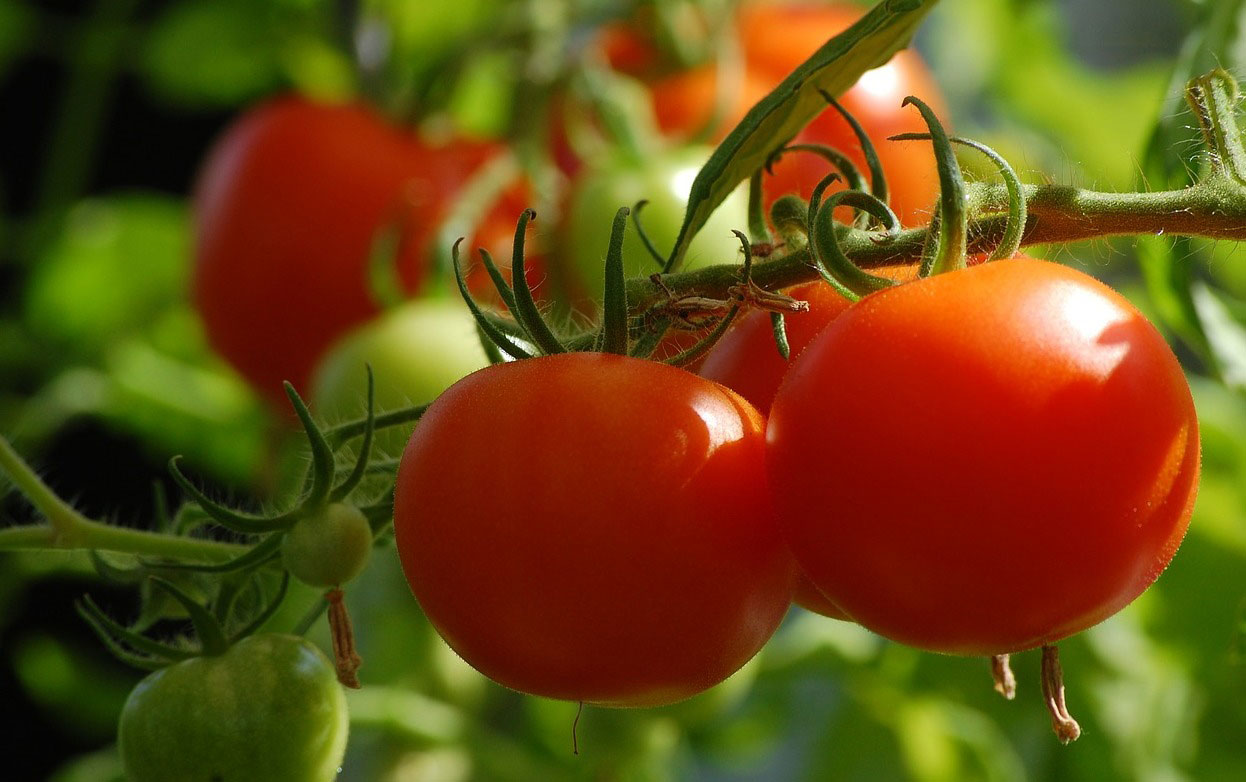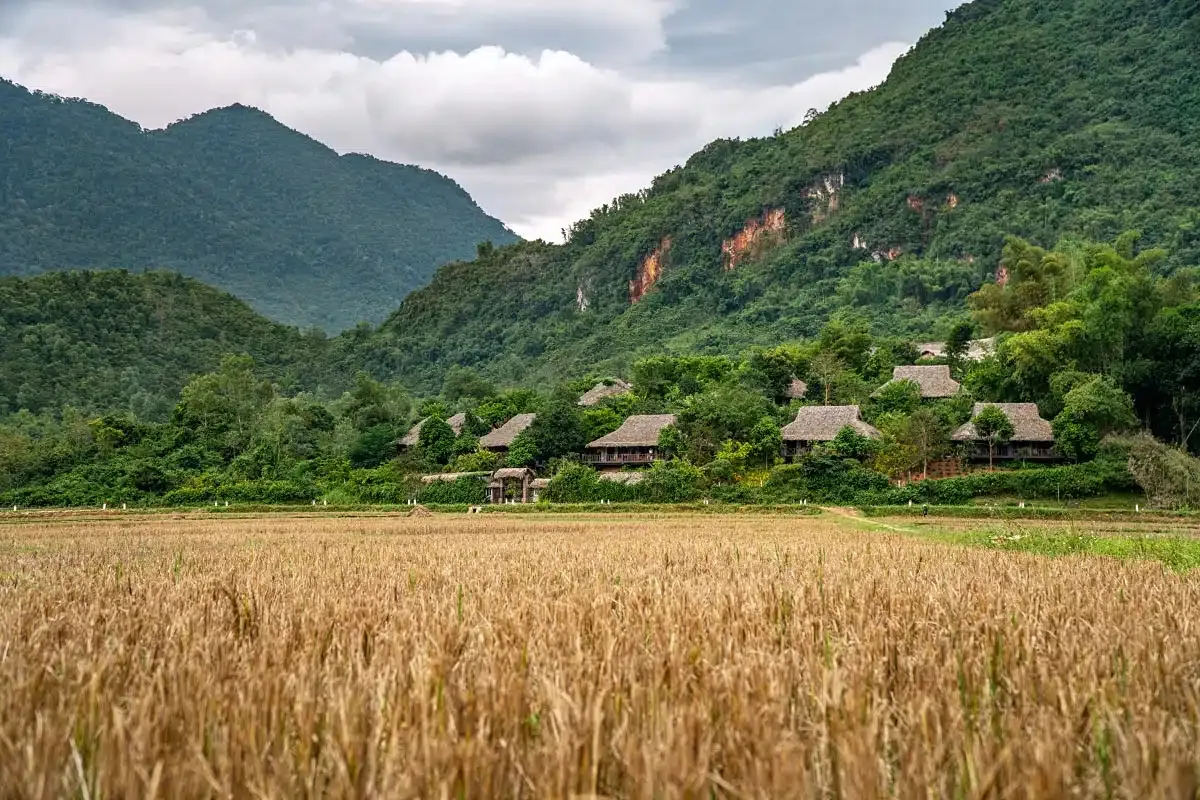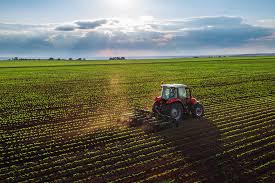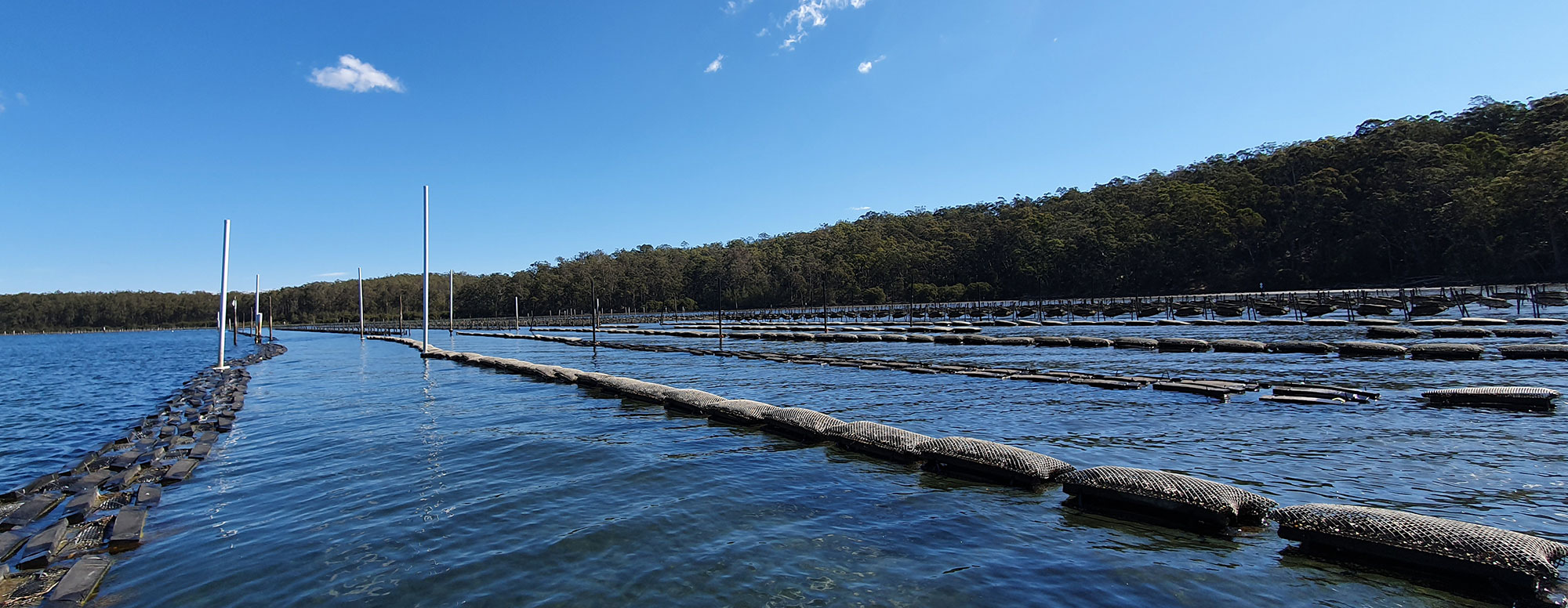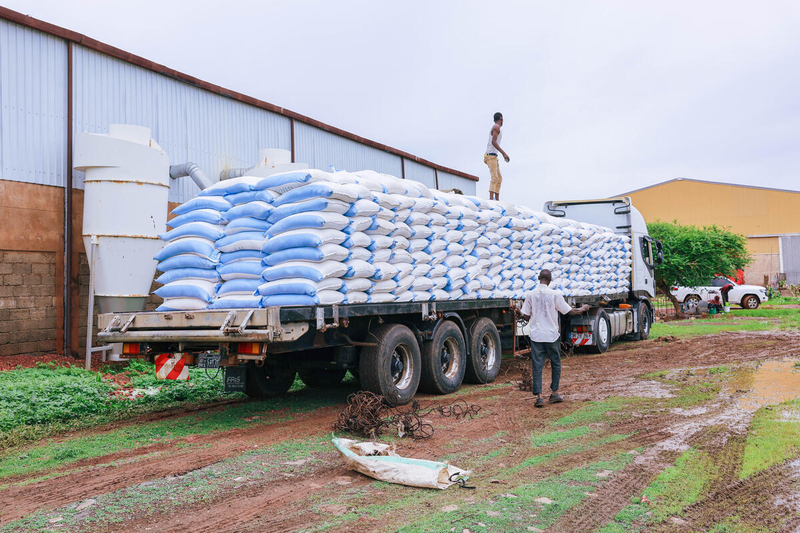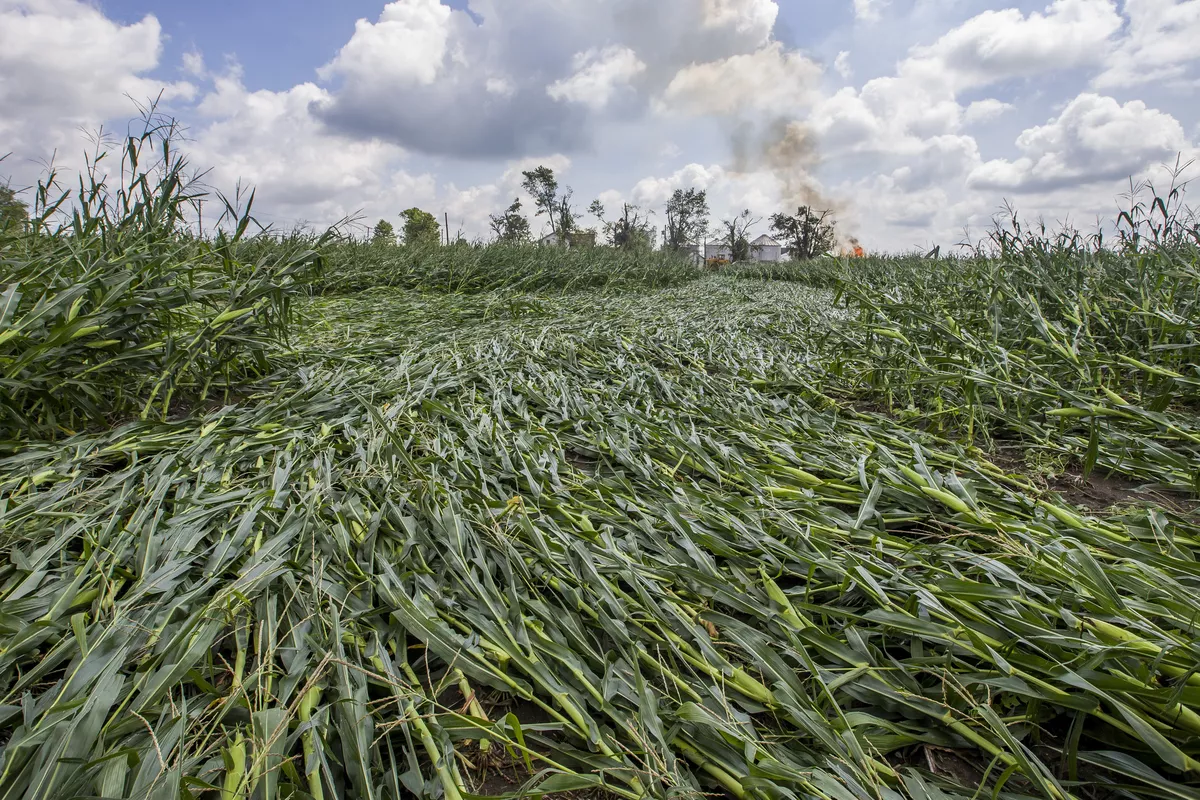The United States' decision to reimpose a 17% antidumping duty on Mexican tomatoes has created new uncertainty for the country's exporters. For decades, Mexico has supplied most of the fresh tomatoes consumed in the U.S. market, maintaining an integrated supply chain that supports thousands of rural jobs. The latest tariffs threaten to disrupt that system.
According to data from Banxico, Mexico's tomato industry recorded its weakest August in five years following the end of the 2019 Suspension Agreement and the reintroduction of duties. The U.S. remains the primary destination for nearly 70% of Mexico's tomato exports, but increased compliance costs and market volatility are raising concerns among growers already dealing with higher input prices, labor constraints, and climate variability.
Producers describe the new tariffs as another test of the sector's resilience. Margins, already narrow, have tightened further. Many growers are now reassessing production strategies to remain competitive under shifting trade conditions.
Efficiency and technology adoption
The tariff measures have highlighted the need for greater efficiency in Mexican horticulture. Growers and technology providers view resource optimization, per square meter, per liter of water, and per unit of energy, as key to maintaining competitiveness.
Dutch greenhouse technology has become an important component in this transition. Systems for climate control, irrigation, and monitoring are being deployed across regions such as Sinaloa and Querétaro. Companies including Hortilife, Horticonnect, Plantanova, Rijk Zwaan, and Enza Zaden are active in these developments. Their work supports precision farming approaches and the application of data-driven cultivation methods referred to as Plant Empowerment.
This model emphasizes controlled growing environments and measurable performance outcomes. Mexican growers using these systems report improvements in yield stability, water-use efficiency, and product uniformity, allowing them to meet export standards and negotiate more effectively with buyers.
Market adaptation and future outlook
Higher production costs are pushing producers to evaluate every stage of their operations, from energy and logistics to packaging and varietal selection. The adoption of greenhouse automation, sensor networks, and artificial intelligence in crop monitoring is accelerating as producers seek greater control over production variables.
Analysts note that while some growers may exit the sector, those investing in advanced systems are positioning to supply not only the U.S. but also alternative markets in Europe, Asia, and the Middle East. These destinations increasingly require traceability and compliance with environmental and social standards.
The US tariffs, aimed at protecting domestic growers, may ultimately drive Mexico toward higher-value production and a more diversified export base. As one grower noted, "The tariff debate will come and go; protectionism is cyclical. But technology adoption is cumulative."
Source - https://www.freshplaza.com


